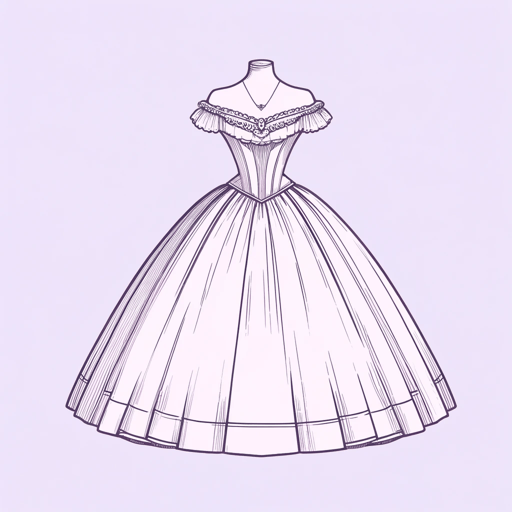33 pages • 1 hour read
Elizabeth GaskellThe Old Nurse's Story
Fiction | Short Story | Adult | Published in 1852A modern alternative to SparkNotes and CliffsNotes, SuperSummary offers high-quality Study Guides with detailed chapter summaries and analysis of major themes, characters, and more.
Themes
Working-Class Authority
Gaskell’s fiction repeatedly brings working-class characters to life for a predominantly middle-class readership, countering the stereotypes that she feared her readers held about their poorer neighbors. As a narrator, Hester seems to focus her story on the titled Furnivall family and the ghosts that haunt them. However, readers learn in the first few sentences that when she was younger she stood out in the village school as a “steady, honest girl, and one whose parents were very respectable, though they might be poor” (1). Beyond embodying the middle-class virtues of honesty and hard work herself, Hester comes from a family that has maintained their respectability despite poverty. For Gaskell, poverty never equates with moral failure, although fiction and social commentary at the time often made that equation. Instead, even when some of her economically disadvantaged characters reveal ethical failings, most of them also embody virtues that her readers across the social strata would admire.
Hester is somewhat unusual in Gaskell’s corpus because she inhabits a rural setting rather than an urban one; this is probably to align with the traditional folkloric pattern of the rural narrator and setting for ghost stories. Throughout novels like Mary Barton and North and South, Gaskell’s characters include factory laborers, domestic servants, seamstresses, and other working poor people whom Gaskell herself had come into close contact with in Manchester.
Related Titles
By Elizabeth Gaskell






